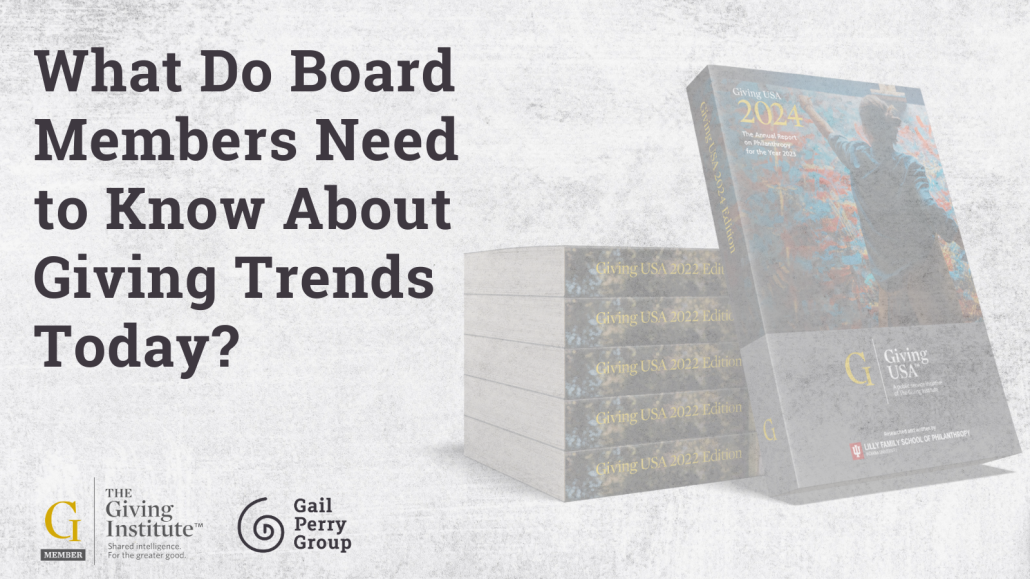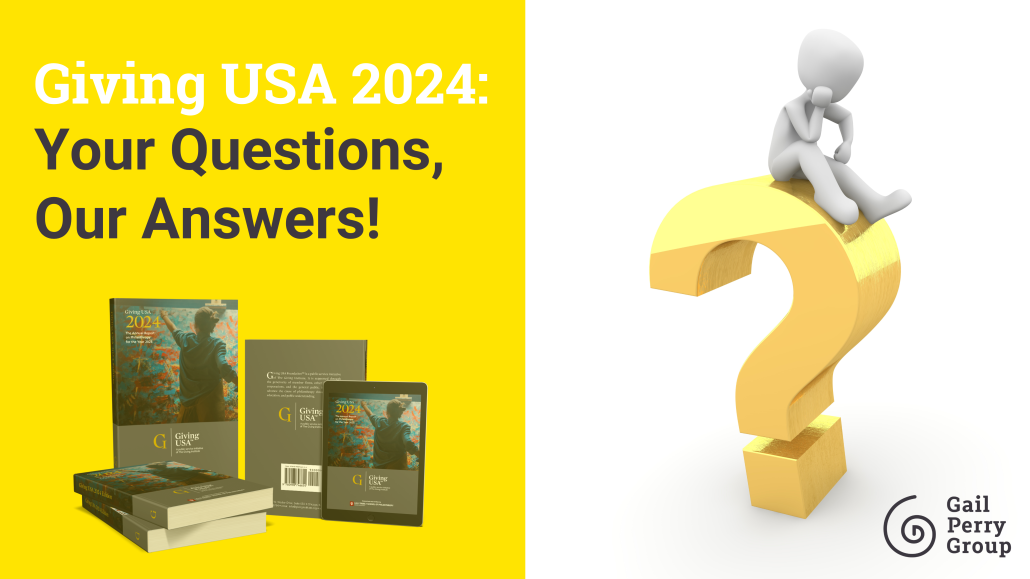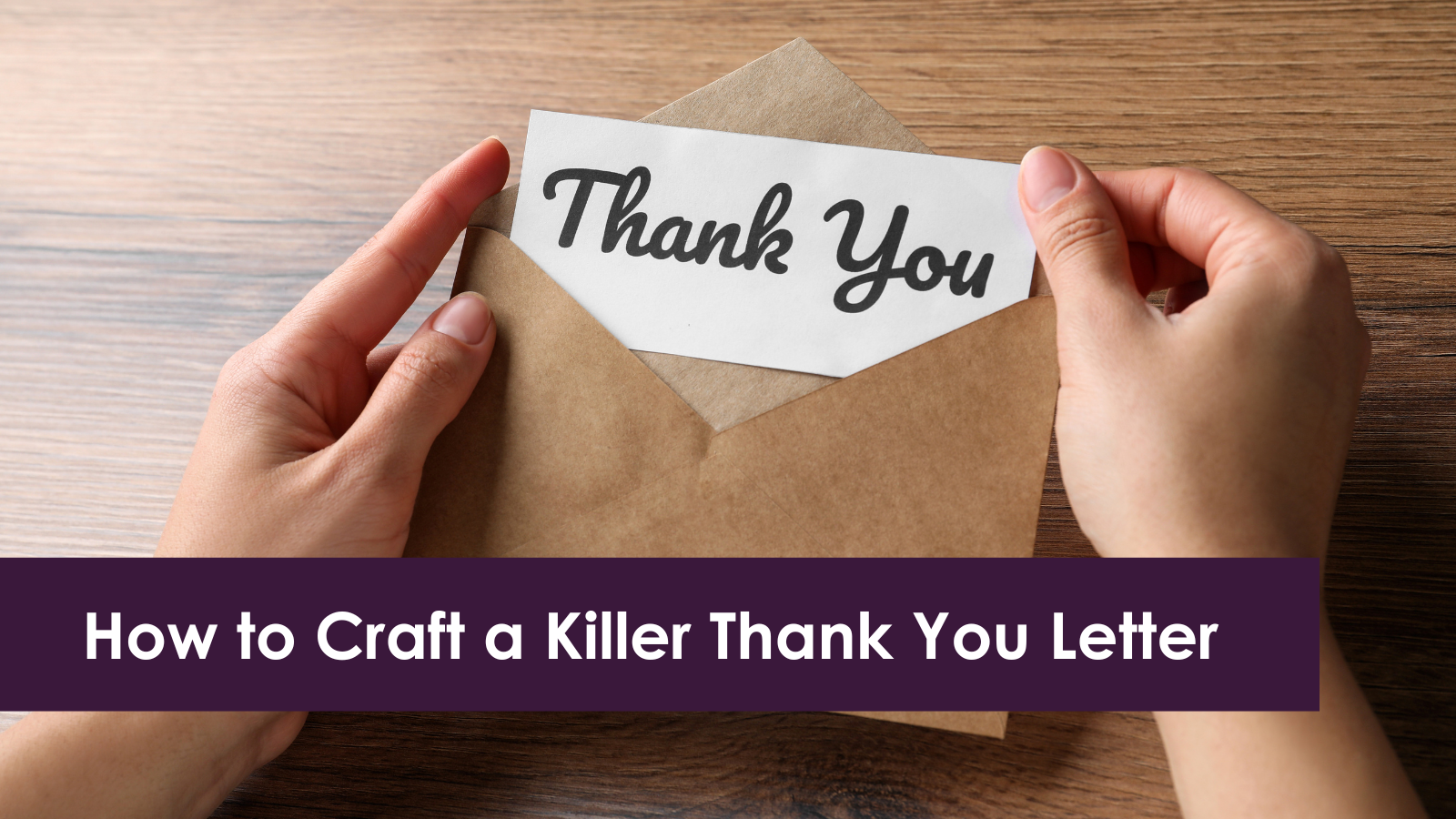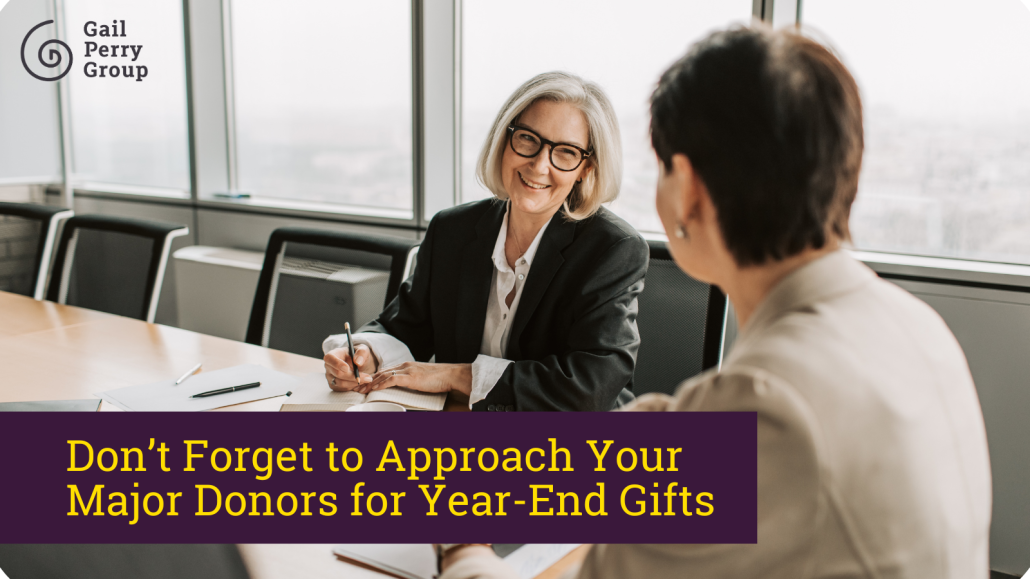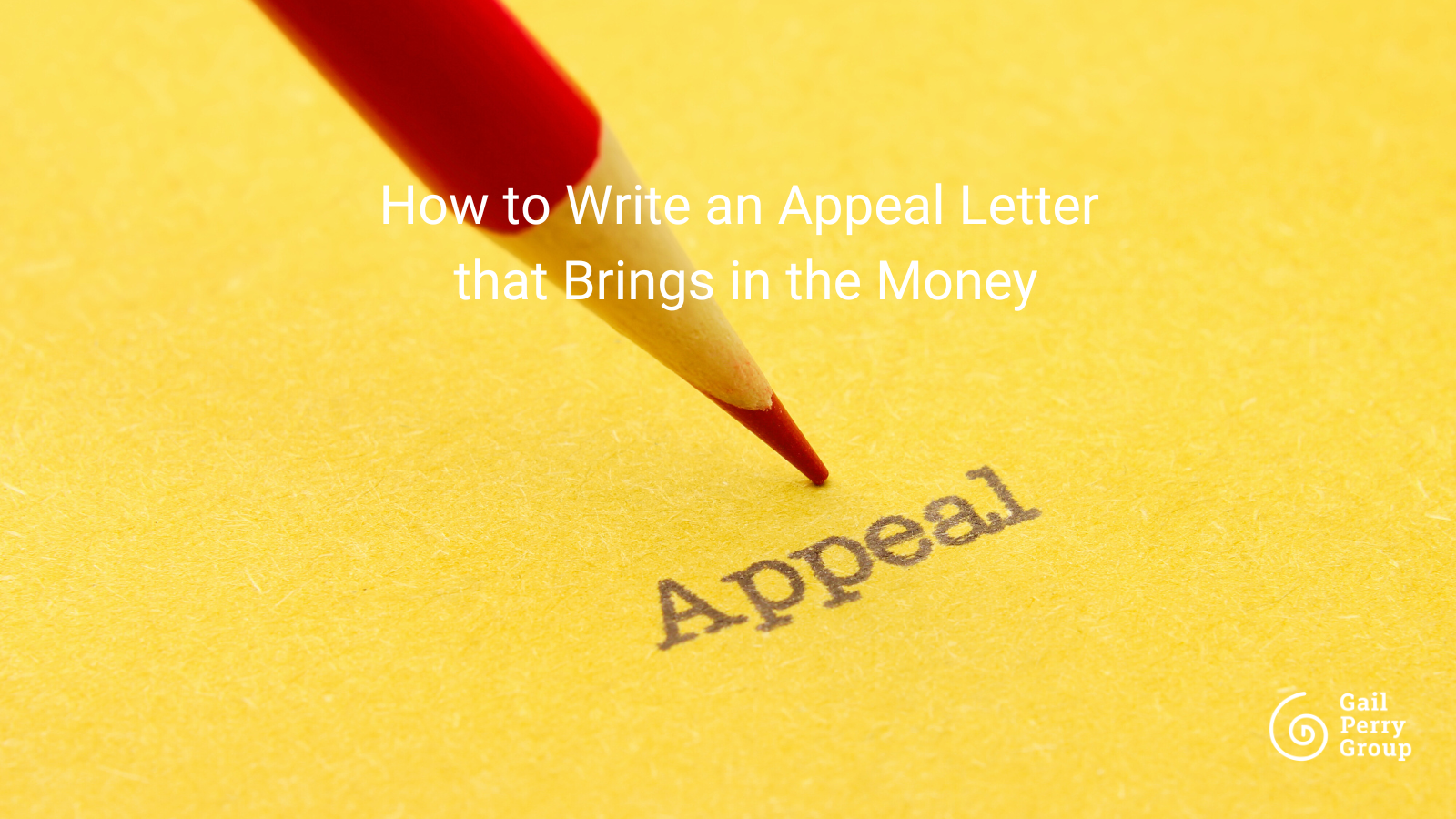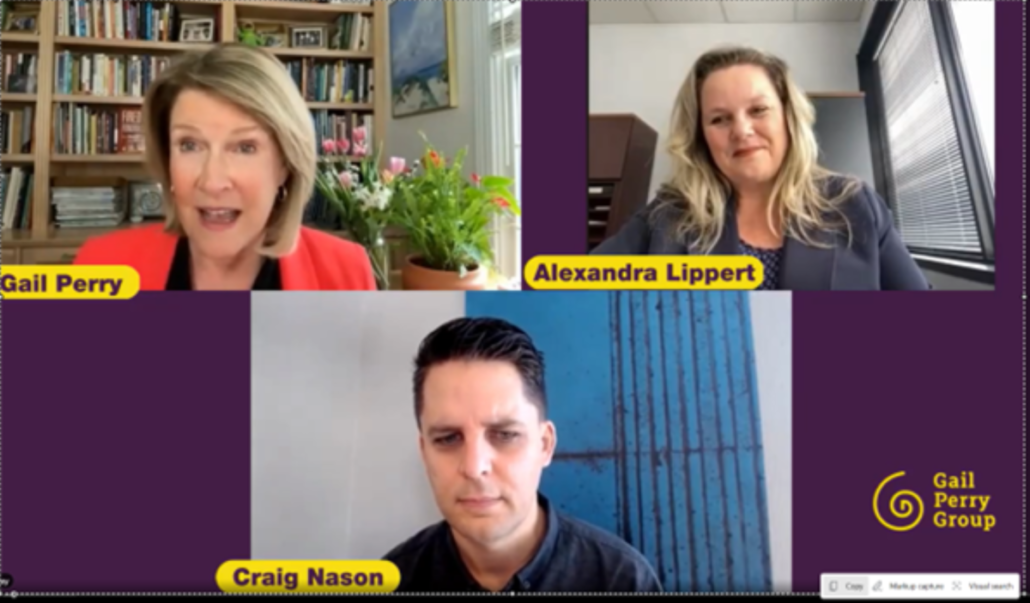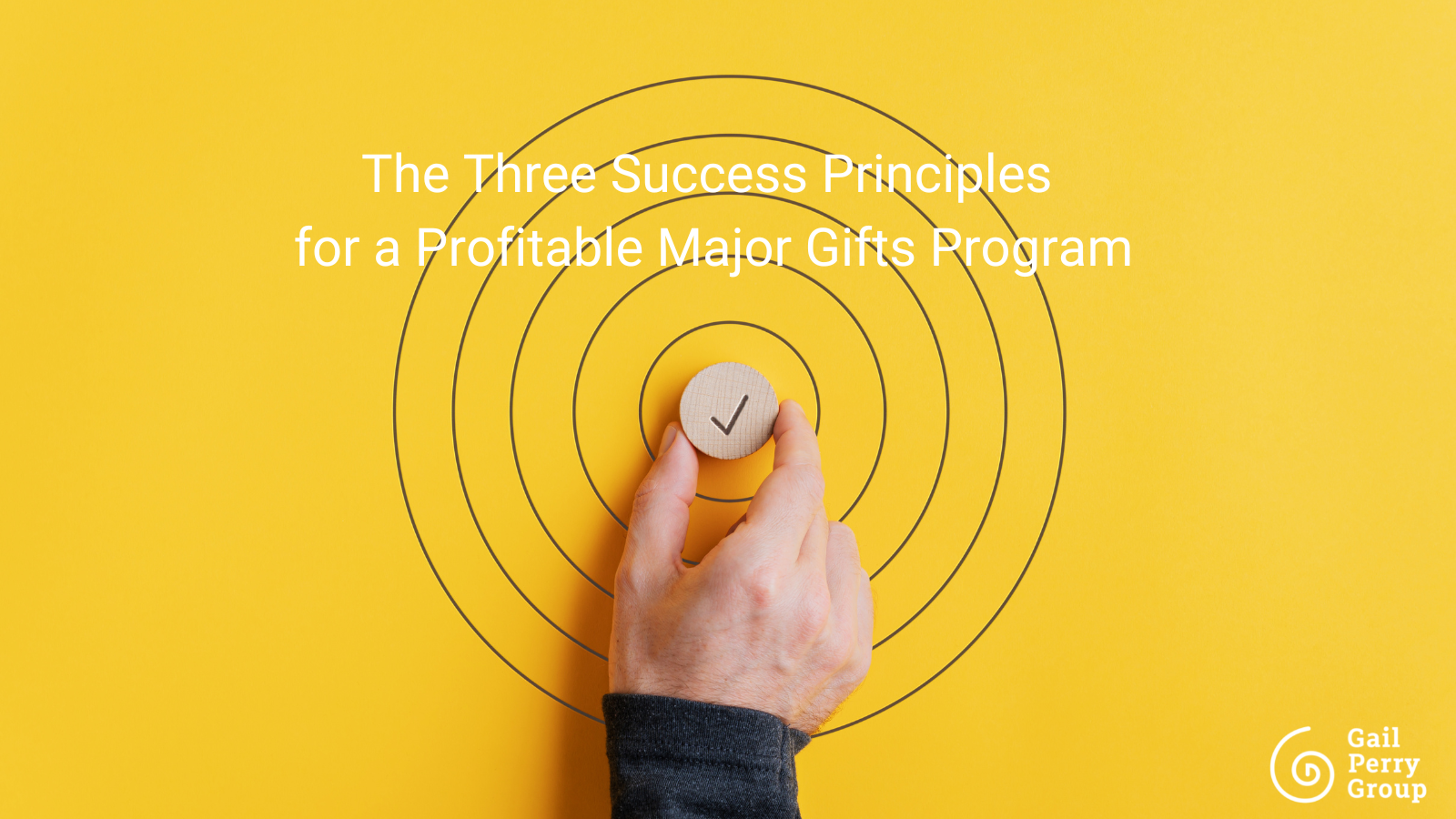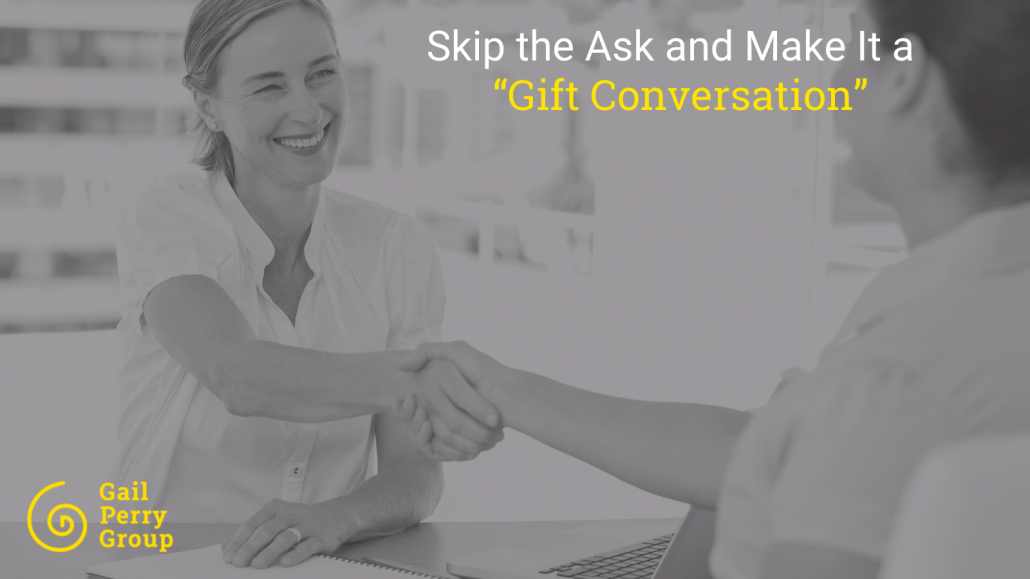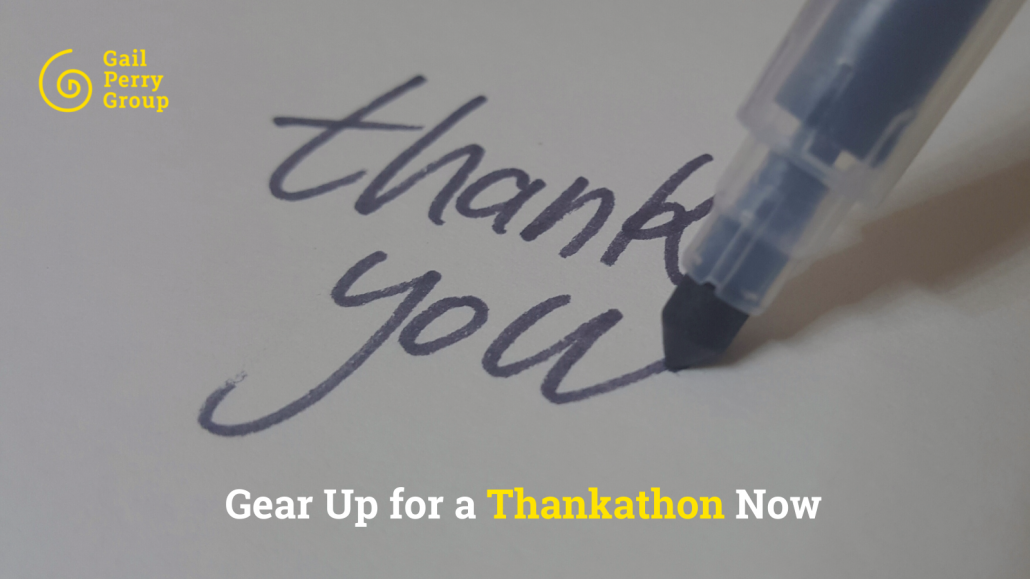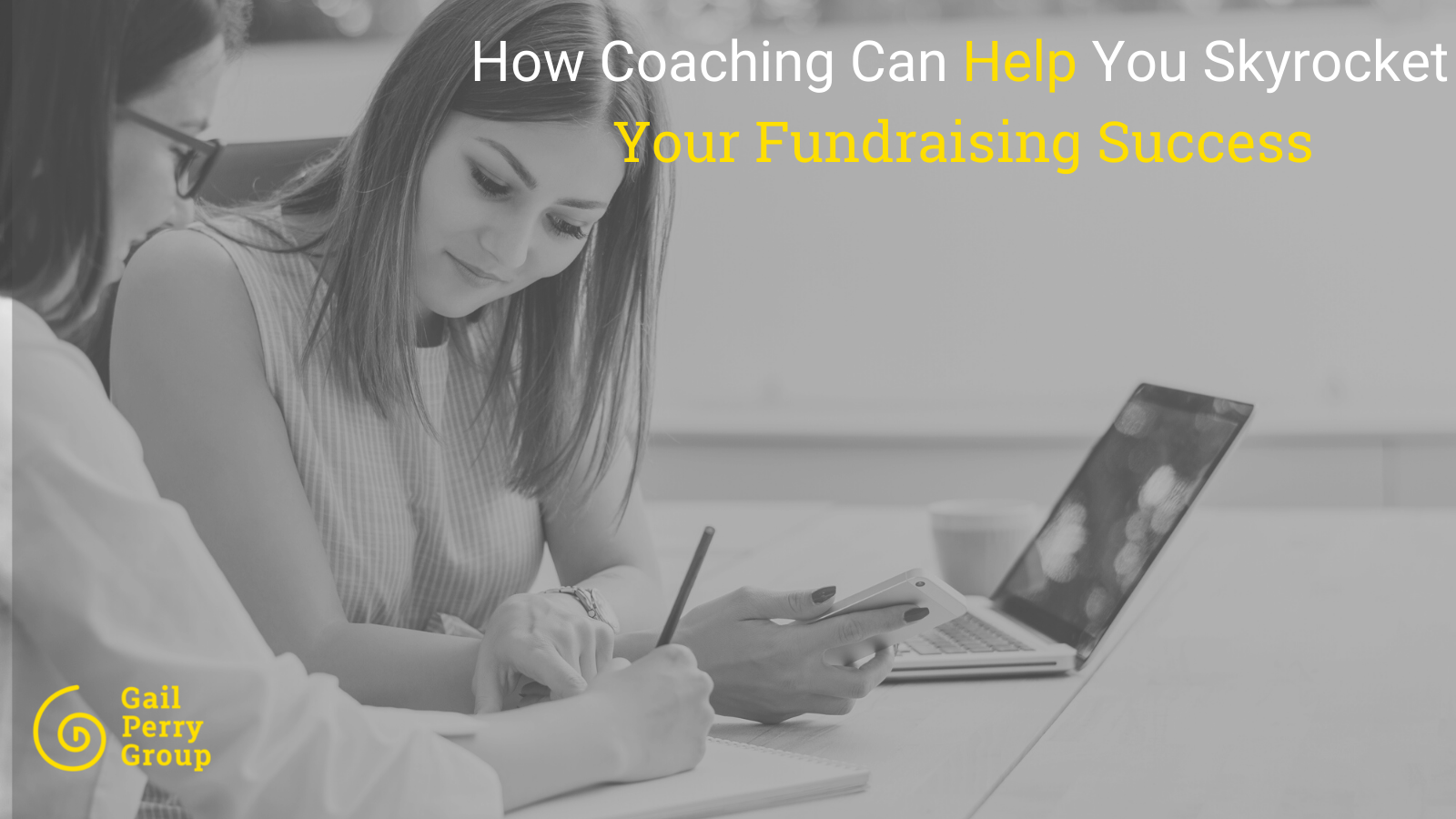
Here is some encouraging news: there is actually plenty of funding available right now for your organization.
Even more, there are more than enough gifts out there to take your year-end campaign over goal this fall.
Best of all, these gifts are the easiest to raise of all.
So, where are these easy gifts? You can find them right in your donor files.
Your easy gifts this year-end will come from donor renewals.
The Easiest Money to Raise: Donor Renewals
When you and your team focus on your current donor base, these are the easiest gifts to close.
Can you identify your current lovely, generous, loyal friends who gave last year but have not given this year?
Consider this: These donors love you. They are your tribe. Don’t forget they’ve already voted to trust your organization by giving you their money.
They’ve literally invested in your work. Of course, these passionate donors would love a warm invitation to join the cause again this year and bring more goodness and healing into the world.
Donor Renewals are Easy Asks
Remember, a renewal reminder is the easiest ask there is.
Because these donors are already in your community and are happy supporters of your cause, you can treat them like the insiders they are.
Think of it like asking someone to come volunteer again – you helped last year, so come on and help this year too.
Gently reminding them to renew their support is the easiest ask of all.
But here’s an important caveat: you have to treat them like friends.
Don’t put them off by sending them a lofty, formal appeal letter. Would you send a formal letter to your own friend?
Donor Retention is the Name of the Game
Donor retention in recent years hovers around only 40-43%.
That means that, overall, only around two out of every five donors renewed their gifts in recent years. Everyone in philanthropy is quite worried about the continued decline of donors and their gifts. This is a crisis in the making!
The solution: Your team needs to do everything it can to encourage your current donors to stay with you.
Consider these recommendations for organizing a smart donor renewal campaign:
1. Pull a list of donors who have not yet renewed their gifts.
Pull a report of everyone who made an annual gift last year but has not yet renewed so far this year. These are the people you will focus on for the next several weeks.
Next, add up the dollar total of this list. You might become concerned when you see just how much money is on the line.
But do remember that this number (of gifts about to lapse) represents excellent fundraising potential.
2. Prioritize and segment your list.
Start by identifying the people who will be most likely to renew their gifts – they may just need a quick reminder.
Or, your team might decide to focus on your largest donors first – their renewed gifts could push your numbers up very quickly.
Remember, many of your loyal donors DO NOT know that they are about to lapse. They may think they’ve renewed their support. And, they may have simply forgotten.
So following up with them is simply the appropriate thing to do. Above all, it is not pushy or intrusive!
3. Connect with your donors. Ask them to renew.
For your higher-dollar donors who have not yet renewed, try these strategies:
Send Personal Notes: You could distribute the list to board members who are willing to write a personal note as a renewal reminder.
Pick Up the Phone: Everyone on the entire fundraising staff could make personal phone calls reminding donors about renewing. Or, pull in a volunteer team for help.
Send Personal Emails: Try crafting very personalized, individualized email messages to higher dollar donors. Remember – the more personal you make the email, then the more attention the email will get.
Here’s a sample renewal script for email or letter:
Dear Ms. Donor, you are so wonderful to partner with us this year as a donor.
You have helped (bring hope, clean streams, stage amazing artistic performances, feed hungry people in our community, etc etc etc.) Thank you!
Thanks to you, (specific projects) have happened, helping to create (impact).
I am writing you personally because our fiscal year will be ending soon, and we are hoping you’ll want to remain a supporter and renew your support for our work.
We are asking our loyal donors to renew their gifts xx amount to create xxxxx impact (or reach xxxxx people), and hope that you might want to support this work again with a generous gift.
The kids (or frogs, or elderly, or students ) need your help if we are going to be able to xxx (add more about impact here.). . .
Please take a moment right now and send in a generous gift to help xxxx happen. We so appreciate your partnership to make this dream a reality for our community.
And, we look forward to hearing from you! Please come visit or give me a call anytime.
Bottom Line: Don’t let your current donors slip away. These are the easiest year-end gifts to close.
As always, it is a pleasure to share our weekly insights with you as we cover important fundraising strategies.
If your organization is planning a capital campaign or expanding your major gifts program – we can help.
Send an email to capitalcampaigns@gailperry.com if you’d like to schedule a free strategy call with us.
